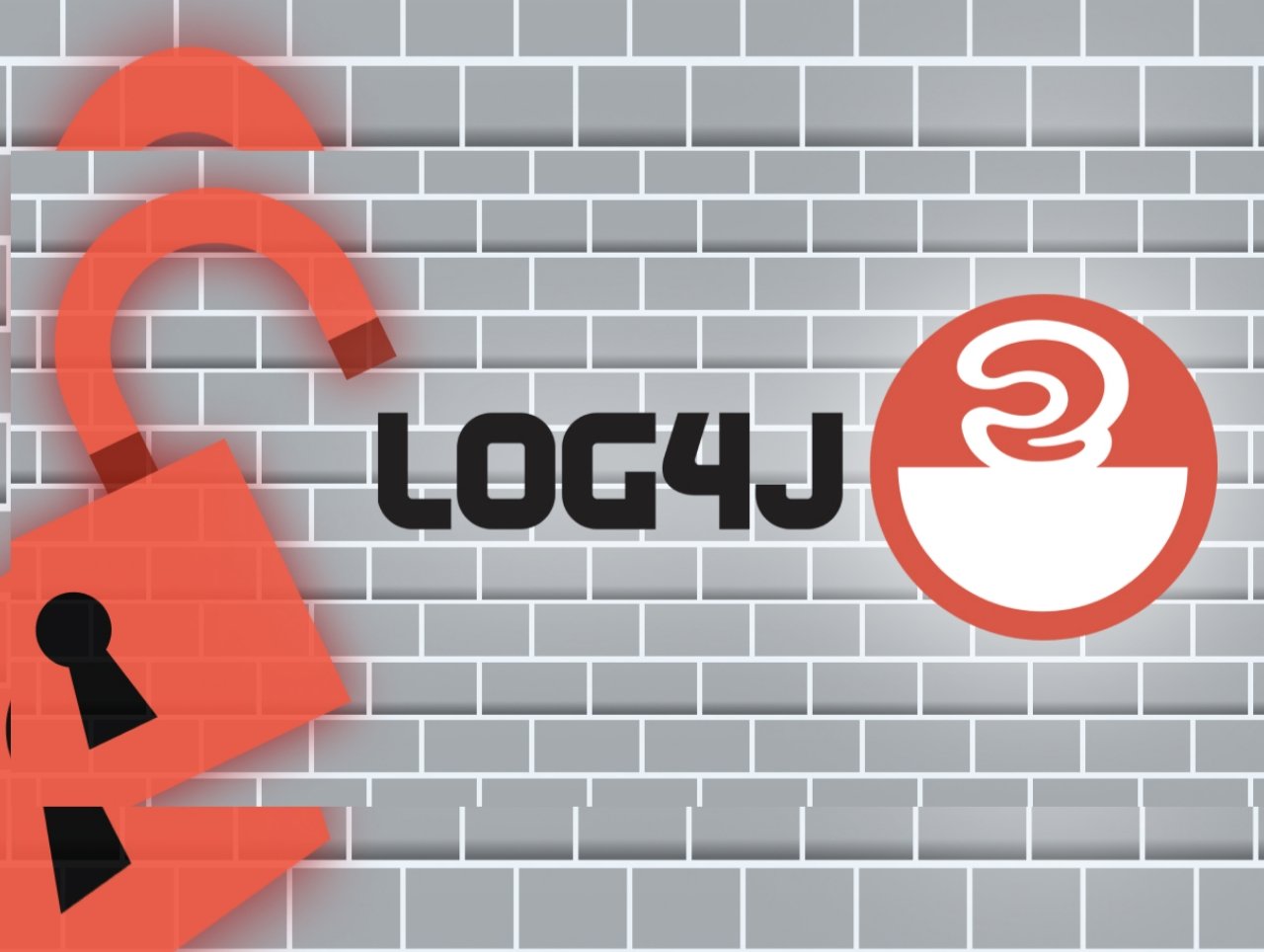Log4j Security Alert: How to Fix & Protect Your Systems Now
What Is Log4j and Why Is It a Security Concern?
Log4j is a widely used open-source logging framework developed by the Apache Software Foundation. It allows Java-based applications to record and manage logs efficiently. However, a critical security vulnerability, known as Log4Shell (CVE-2021-44228), was discovered in Log4j, exposing millions of systems to potential cyberattacks. This vulnerability allows remote code execution (RCE), enabling hackers to take control of affected systems without authentication. Given its widespread use across enterprise applications, cloud services, and software platforms, Log4j poses a serious security risk if not addressed promptly.
Understanding the Log4j Vulnerability (Log4Shell)
The Log4Shell vulnerability arises due to the way Log4j processes log messages. Specifically, it allows attackers to inject malicious code into log entries, which the application then executes unintentionally. This issue stems from the Java Naming and Directory Interface (JNDI) lookup feature in Log4j, which can fetch and execute remote code from an attacker-controlled server. Once exploited, threat actors can deploy malware, steal sensitive data, and disrupt business operations, making it one of the most severe cybersecurity threats in recent history.
The Impact of Log4j Vulnerability Across Industries
Since Log4j is deeply embedded in software systems across multiple industries, the impact of the vulnerability has been far-reaching. Organizations affected include:
- Government and Public Sector: Cybercriminals target government networks to access sensitive citizen data and disrupt critical services.
- Financial Institutions: Banks and financial services are prime targets due to the potential for financial fraud and identity theft.
- E-commerce Platforms: Online retailers rely on Log4j for tracking user activities and processing transactions, making them susceptible to cyberattacks.
- Cloud Computing Services: Many cloud providers, including Amazon Web Services (AWS) and Google Cloud, have had to issue patches and mitigations to protect their customers.
- Healthcare Systems: Medical databases and hospital networks using Log4j have faced heightened risks of ransomware and data breaches.
How to Detect If Your System Is Vulnerable to Log4j
To determine whether your system is at risk, follow these steps:
- Identify Log4j Usage: Check software dependencies in your applications, libraries, and third-party services.
- Scan Your Systems: Use cybersecurity tools such as the Log4j Detection Scanner from cybersecurity firms or open-source scanning tools.
- Monitor Network Traffic: Analyze logs for unusual outbound requests that may indicate exploit attempts.
- Review Software Vendor Advisories: Many software vendors have issued patches or guidance on mitigating Log4j vulnerabilities.
- Check Log4j Version: If you are running Log4j versions 2.0 to 2.14.1, you are vulnerable and need to upgrade immediately.
How to Fix the Log4j Vulnerability
Fixing the Log4j security flaw requires prompt action. Here are the essential steps to patch your systems and mitigate risks:
1. Update to the Latest Version
The Apache Software Foundation has released patches to fix Log4j vulnerabilities. The safest approach is to upgrade to Log4j 2.17.1 (or the latest stable version). The update removes the exploitable JNDI lookup feature, closing the security loophole.
2. Apply Temporary Mitigations (If Patching Is Not Immediately Possible)
If upgrading is not immediately feasible, consider these temporary mitigation measures:
- Disable JNDI Lookups: Add the system property
-Dlog4j2.formatMsgNoLookups=trueto disable lookup functionality. - Remove JndiLookup Class: Manually delete the
JndiLookup.classfile from the Log4j core library to prevent exploitation. - Use a Web Application Firewall (WAF): Configure security rules to detect and block Log4Shell exploitation attempts.
3. Monitor and Detect Exploitation Attempts
Security teams should implement continuous monitoring and threat detection mechanisms, including:
- Intrusion Detection Systems (IDS): Deploy IDS tools to identify malicious activity related to Log4j.
- SIEM Solutions: Use Security Information and Event Management (SIEM) platforms to analyze log data for suspicious behavior.
- Threat Intelligence Feeds: Stay updated with cybersecurity advisories and new attack patterns.
Best Practices to Protect Your Systems from Future Exploits
Beyond fixing Log4j, organizations must adopt a proactive security approach to mitigate future threats. Implement the following best practices:
1. Keep Software and Libraries Up to Date
Regularly update software, dependencies, and third-party libraries to prevent security vulnerabilities. Use automated dependency management tools to streamline updates.
2. Implement Zero Trust Security Model
Adopt the Zero Trust approach, which assumes that no user or system should be automatically trusted. Enforce least-privilege access controls and verify all requests before granting access.
3. Conduct Regular Security Audits and Penetration Testing
Perform routine security assessments, including penetration testing, to identify and address vulnerabilities before attackers exploit them.
4. Educate Employees on Cybersecurity Best Practices
Security awareness training for employees can prevent social engineering attacks and phishing attempts that may leverage Log4j exploits.
5. Use Advanced Threat Detection Tools
Leverage modern cybersecurity solutions, such as Extended Detection and Response (XDR) and Endpoint Detection and Response (EDR), to enhance security posture.
The Ongoing Efforts to Secure Log4j
Since the discovery of Log4Shell, the cybersecurity community has actively worked to mitigate risks and strengthen security measures. The Apache Software Foundation continues to release updates, while security researchers and enterprises collaborate to prevent further exploits. Many cloud service providers and software vendors have also implemented automated patching solutions to reduce the attack surface.
Conclusion: Act Now to Secure Your Systems
The Log4j vulnerability remains a significant security threat that organizations must address immediately. By upgrading to the latest version, implementing mitigations, and adopting a proactive security approach, businesses can minimize risks and protect their critical assets. Cybersecurity is an ongoing process, and staying informed about emerging threats is essential to safeguarding digital infrastructure.
By following the best practices outlined in this guide, organizations can strengthen their defenses against Log4j-related attacks and future security vulnerabilities. Don’t wait—act now to secure your systems and ensure a robust cybersecurity posture.
Read Also Our This Post: Kit Connor: Latest News, Career Updates & Must-Know Facts







